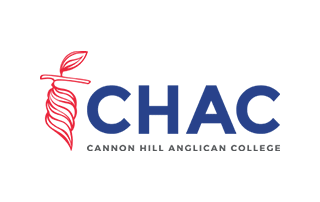Why we would recommend pre-RiskSMART enquiry
On our initial review of your designs we may have concerns whether the proposed designs will be acceptable through RiskSMART. Rather than continuing to process it as a standard development application we may suggest to our clients that it would be cheaper and quicker to send the application in for a pre-RiskSMART enquiry. As a result, we are in the best position to advise our clients on changes that can made to the design to ensure it is accepted, or give you the option to leave the designs and proceed through the normal process. Giving our clients every opportunity to find both cost and time savings.
Why we visit our client site’s as part of our application process
At bplanned & surveyed we include a site visit with each and every development application. Our site visits allow us to visualise the proposed development and identify possible arguments to justify the development. This results in achieving your desired yield and minimising expensive redesigns.
Why we provide a thorough review of the approval conditions
At bplanned & surveyed we thoroughly review all conditions to ensure that they are reasonable and relevant to your project according to our extensive experience with dealing with Councils and referral authorities. By arguing for the removal or modification of unreasonable or irrelevant conditions we’ve saved our clients many thousands of dollars. An example of this is;
We were engaged to prepare a permissible change request for an approved subdivision in Gatton. We successfully negotiated for amendments to and the removal of several conditions contained in the subdivision approval as well as identifying clauses in an infrastructure agreement which had been overlooked by the developer and Council that resulted in the client saving many tens of thousands of dollars.
Saving money by reviewing application fees
Our experience in identifying correct fees has meant that we have been able to pass on significant savings to our clients. An example of this is;
Council sort to charge our client $7,000 for a commercial plumbing application for a subdivision of units into freehold lots based in Mount Gravatt. We successfully demonstrated to Council’s plumbing department, that due to changes in the definition of uses, the development did not attract commercial fees rather it should be treated as a residential application. Accordingly, the commercial fees were waived saving the client in the order of $5,000.
Saving money by reviewing infrastructure charges
Our constant review of Council infrastructure charges resolutions has meant that we have been able to pass on significant savings to our clients. Examples of this include;
We were engaged to complete an impact assessable development application for a retirement village made up of semi-dependent living units and semi-dependent living apartments for seniors based in Ormiston. We successfully demonstrated to Council that changes to national legislation meant that the proposed development qualified for a reduction in infrastructure charges in the order of $1.5million.
A client approached us with an existing approval to undertake plan sealing. Upon review of conditions we identified that Council had required the dedication of land which was identified in the priority infrastructure plan as trunk infrastructure but not nominated in the condition. We successfully had the condition amended such that an offset to the infrastructure charges could be issued by Council. This resulted in the client saving approximately $10,000.
Why we will enter into written undertakings
Finances or settlements are often tied up with the sealing of the subdivision plans. We can speed up the process of plan sealing for our clients, meaning our clients can gain access to their finances quicker. From time to time our clients find that meeting all the conditions of plan sealing becomes impractical and can lead to a hold up in completing the plan sealing process. These holdups may include;
- removal of existing crossovers
- reinstatement of kerb and channel
- reinstatement of footpath & verge
After consideration, we may be in the position to offer an agreed written underwriting, whereby we can lodge for plan sealing, titles than can be issued and these minor works completed at a later date. Provided that the written undertaking is entered into between ourselves, the client and that council are in agreement. The small cost associated with the preparation of and our administering of the written underwriting is far outweighed by eliminating rework for our clients and the freeing up of the cashflow.




























